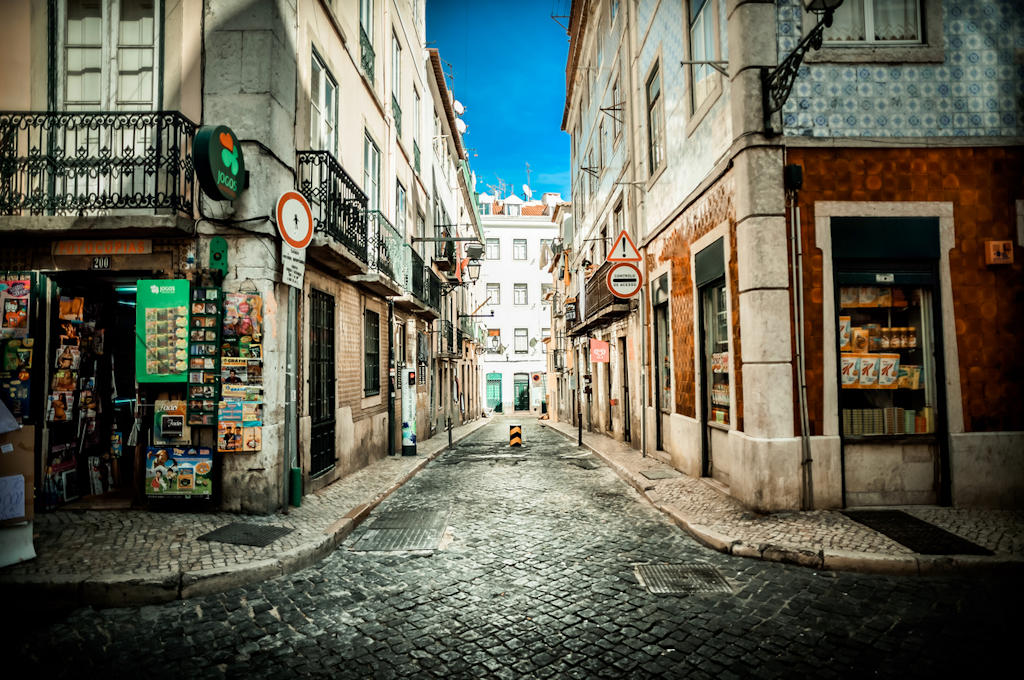The district's story began in the late 15th century, as Lisbon experienced a period of social and economic growth. The increasing population and urban development led to the birth of Bairro Alto in two distinct phases. The first phase commenced in 1487 when lands were transferred to Filipe Gonçalves, and subsequent urbanization efforts gave rise to Vila Nova do Olival.
During the 16th century, Bairro Alto continued to expand, with new roads and houses taking shape. The area saw the establishment of residential plots and the division of lands for construction, resulting in the growth of Vila Nova de Andrade. The presence of the Society of Jesus in São Roque marked the beginning of the district's second phase of urbanization.
Over the centuries, Bairro Alto endured natural disasters, such as the devastating 1755 Lisbon earthquake. Despite the destruction, the Marquis of Pombal spearheaded reconstruction efforts, which included the restructuring of the district and the widening of roads. Bairro Alto's architectural significance began to take shape during this period.
In the 19th century, Bairro Alto saw further developments as the northern limits of the district were defined, and new buildings and rental properties emerged. The neighborhood became a hub for various newspapers and experienced significant socio-cultural activity.
Today, Bairro Alto remains a captivating blend of history, culture, and nightlife. Its narrow streets are alive with trendy shops, bars, and restaurants, attracting both locals and visitors alike. While the district has undergone modern transformations, it has managed to preserve its unique charm and architectural heritage.
Lisbon.vip Recommends
As the sun sets, Bairro Alto truly comes alive. The district is renowned for its thriving nightlife scene, with countless bars, clubs, and live music venues filling the streets. Locals and visitors alike flock to Bairro Alto to enjoy a night of dancing, live music performances, and socializing until the early hours of the morning.
Bairro Alto offers an array of culinary delights, with numerous restaurants and eateries catering to all tastes. From traditional Portuguese dishes to international cuisine, food enthusiasts can indulge in a gastronomic journey like no other. Don't miss the opportunity to savor the local petiscos (tapas) paired with a glass of Portuguese wine.
Bairro Alto is a treasure trove for shoppers seeking unique and handmade items. The neighborhood is dotted with boutique stores, vintage shops, and concept stores where you can discover one-of-a-kind fashion pieces, accessories, and home decor. Take your time to wander through the charming streets and uncover hidden gems.
Throughout the year, Bairro Alto hosts various cultural festivals and events that showcase the district's artistic and musical heritage. From jazz concerts to traditional Fado performances, there's always something happening in Bairro Alto that will captivate your senses and leave you with lasting memories.
Bairro Alto captures the soul of Lisbon, inviting travelers to immerse themselves in its bohemian charm and vibrant energy. Whether you're seeking a lively night out, unique shopping experiences, or an exploration of Lisbon's cultural scene, Bairro Alto is a must-visit destination that promises to enchant and inspire.
Map View



